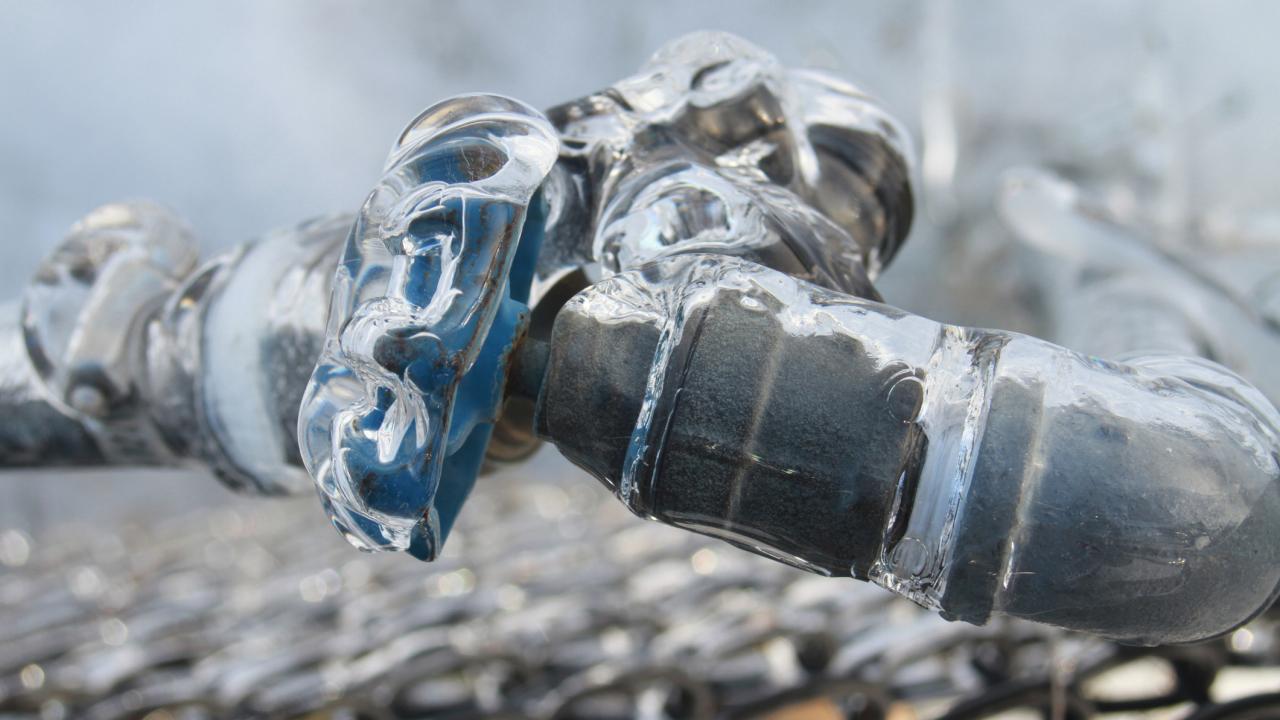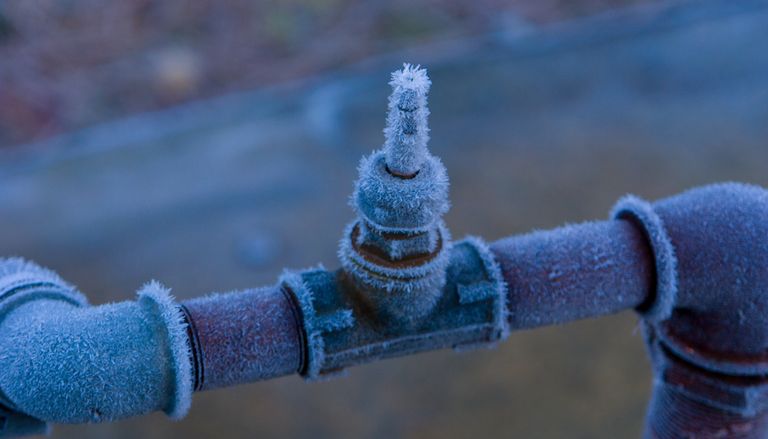Guidance for Avoiding Frozen Pipes in Winter: Expert Insights
Guidance for Avoiding Frozen Pipes in Winter: Expert Insights
Blog Article
Were you in search of content around Preventing and dealing with frozen pipes?

Winter can wreak havoc on your pipes, especially by freezing pipes. Below's just how to stop it from happening and what to do if it does.
Introduction
As temperature levels decrease, the danger of frozen pipelines boosts, potentially leading to pricey repairs and water damages. Understanding just how to prevent icy pipelines is important for home owners in cold climates.
Recognizing Icy Pipelines
What creates pipes to freeze?
Pipes freeze when subjected to temperature levels listed below 32 ° F (0 ° C) for expanded periods. As water inside the pipelines ices up, it increases, taxing the pipeline wall surfaces and possibly causing them to rupture.
Threats and damages
Icy pipes can lead to water supply disturbances, residential property damages, and expensive fixings. Burst pipes can flood homes and trigger extensive architectural damage.
Indications of Frozen Piping
Recognizing frozen pipelines early can stop them from rupturing.
How to identify icy pipelines
Try to find decreased water flow from taps, unusual smells or noises from pipes, and visible frost on subjected pipelines.
Avoidance Tips
Insulating prone pipes
Wrap pipes in insulation sleeves or make use of warm tape to shield them from freezing temperatures. Concentrate on pipes in unheated or outside locations of the home.
Heating techniques
Maintain indoor areas properly warmed, especially areas with plumbing. Open up cupboard doors to permit warm air to distribute around pipelines under sinks.
Protecting Outdoor Plumbing
Garden hoses and outside faucets
Separate and drain pipes yard pipes prior to wintertime. Set up frost-proof spigots or cover outdoor taps with shielded caps.
What to Do If Your Pipes Freeze
Immediate activities to take
If you presume frozen pipes, maintain faucets open to alleviate stress as the ice melts. Use a hairdryer or towels taken in warm water to thaw pipes gradually.
Long-Term Solutions
Architectural adjustments
Take into consideration rerouting pipes far from exterior wall surfaces or unheated areas. Include added insulation to attic rooms, basements, and crawl spaces.
Updating insulation
Invest in high-grade insulation for pipes, attic rooms, and wall surfaces. Proper insulation assists maintain consistent temperature levels and decreases the danger of icy pipelines.
Verdict
Preventing frozen pipes needs positive procedures and fast actions. By comprehending the reasons, indicators, and preventive measures, homeowners can shield their pipes throughout winter.
5 Ways to Prevent Frozen Pipes
Drain Outdoor Faucets and Disconnect Hoses
First, close the shut-off valve that controls the flow of water in the pipe to your outdoor faucet. Then, head outside to disconnect and drain your hose and open the outdoor faucet to allow the water to completely drain out of the line. Turn off the faucet when done. Finally, head back to the shut-off valve and drain the remaining water inside the pipe into a bucket or container. Additionally, if you have a home irrigation system, you should consider hiring an expert to clear the system of water each year.
Insulate Pipes
One of the best and most cost-effective methods for preventing frozen water pipes is to wrap your pipes with insulation. This is especially important for areas in your home that aren’t exposed to heat, such as an attic. We suggest using foam sleeves, which can typically be found at your local hardware store.
Keep Heat Running at 65
Your pipes are located inside your walls, and the temperature there is much colder than the rest of the house. To prevent your pipes from freezing, The Insurance Information Institute suggests that you keep your home heated to at least 65 degrees, even when traveling. You may want to invest in smart devices that can keep an eye on the temperature in your home while you’re away.
Leave Water Dripping
Moving water — even a small trickle — can prevent ice from forming inside your pipes. When freezing temps are imminent, start a drip of water from all faucets that serve exposed pipes. Leaving a few faucets running will also help relieve pressure inside the pipes and help prevent a rupture if the water inside freezes.
Open Cupboard Doors
Warm your kitchen and bathroom pipes by opening cupboards and vanities. You should also leave your interior doors ajar to help warm air circulate evenly throughout your home.

I have been very involved in How to Prevent Your Pipes From Freezing and I really hope you enjoyed reading the entire blog posting. Sharing is caring. One never knows, you will be helping someone out. I am grateful for your time. Come back soon.
Call Today Report this page